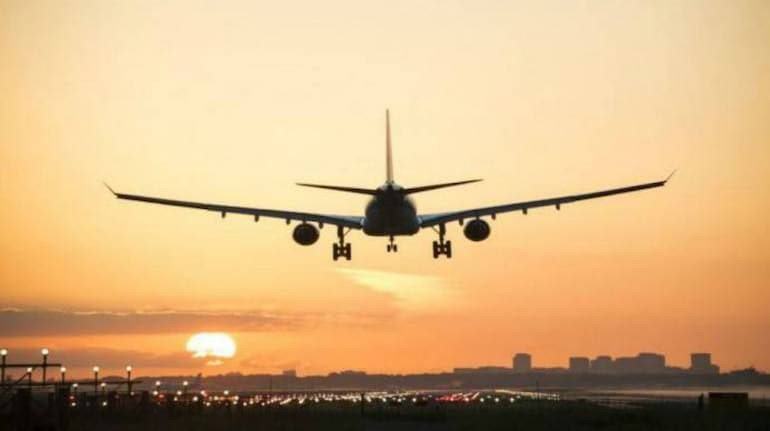



According to recent media reports, Akasa Air has started reconfiguring 11 Boeing 737 Max aircraft, replacing the dozen, roomy business class-like seats in these with economy class furniture. The refit will lead to the addition of 15 seats per jet, thus ensuring that these birds too have 189 seats, like the other Boeing 737 Max planes in its young fleet of 20.
These planes came fitted with such premium seats due to supply chain challenges. The move from 174 seats to 189 will help the company in more ways than one.
Operational flexibility
A small fleet with multiple sub-types limits an airline's operational flexibility. When a fleet is made up of a single type of aircraft, an airline can swap planes as and when required. With a diverse fleet, this becomes difficult, as passengers who have paid for business class-like seats may not get those if one type of aircraft is swapped with another, leading to apologies and refunds. On the other hand, if a 189-seater is replaced with a 174-seater, there’s the risk of overbooking.
Following the re-configuration, this aspect will be duly taken care of.
Capacity increase
The airline operated 3,787 flights in June, the latest month for which the regulator, the DGCA (Directorate General of Civil Aviation), has released the data. This translates to an average of 6.6 flights per aircraft per day (added), leading to the deployment of approximately 22,611 seats per day on average. This was with a combination of eleven 174-seater aircraft and eight 189-seaters (the 20th plane was delivered end July) <added>.
When the reconfiguration is complete, the airline can deploy roughly 23,700 seats per day with the same number of aircraft, an increase of 1,089 seats, which is almost like adding an aircraft to its fleet. A 4.8 percent increase in capacity without increase in operational costs can work wonders with its bottomline.
Background
The collapse of Jet Airways in 2019, and the slump that followed due to the pandemic, meant that aircraft were not quite flying off the shelves, leading to idle inventory with manufacturers like Boeing. This meant that Akasa Air could potentially crack a deal at great rates, and also get the aircraft much earlier than it would have otherwise.
The first few aircraft in its fleet were originally destined for a Korean carrier. The next 11 aircraft were meant to be inducted by Jet Airways and were ready in a dual-class configuration, comprising 12 business and 162 economy class seats. The choice before the airline was to either take what was available, or wait for an unknown period for its preferred configuration at a time of supply chain challenges.
The airline chose capacity over standardisation, and that’s helped it garner market share and push itself ahead of SpiceJet.
In sum
Akasa Air is poised to start international operations later this year. The additional ~5 percent capacity will help lower its CASK (cost per available seat kilometre), besides standardising the product.
Discover the latest Business News, Sensex, and Nifty updates. Obtain Personal Finance insights, tax queries, and expert opinions on Moneycontrol or download the Moneycontrol App to stay updated!
Find the best of Al News in one place, specially curated for you every weekend.
Stay on top of the latest tech trends and biggest startup news.